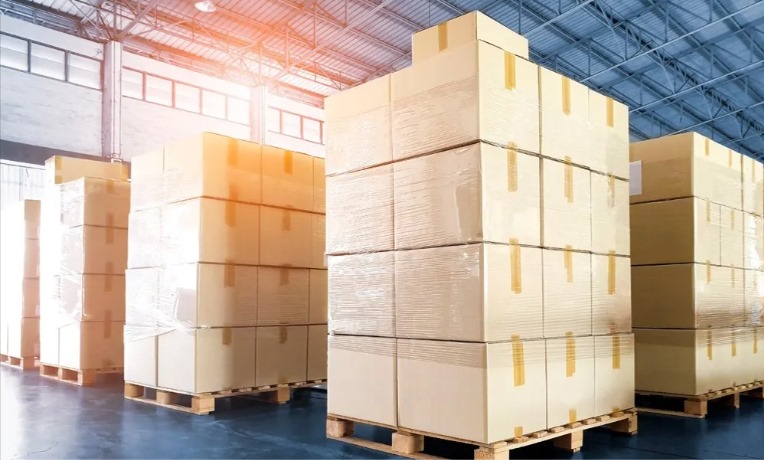Blog on RFID Technology and IoT Solutions
Blog Home
What Are the Physical Parameters That Are Detected by Sensors in Cold Chain Storage
12 February 2024What is cold Chain Monitoring?
In the farm-to-fork initiative, maintaining precise temperature control is critical for preserving food quality and safety at every stage of the process. Temperature monitoring plays a crucial role in preserving freshness, extending shelf life, and preventing bacterial contamination. Restaurants, grocery stores, and food distributors rely on accurate monitoring systems throughout the cold chain process to prevent spoilage and ensure compliance with food safety standards.
Cold chain monitoring utilizes technology to continuously track the temperature of perishable and temperature-sensitive products, including food, beverages, and pharmaceuticals, throughout the supply chain. Failure to maintain proper temperatures during transport and storage can compromise product quality and pose health risks to consumers, potentially damaging a company’s reputation and customer loyalty.
Various methods, such as refrigeration, gel packs, dry ice, and liquid nitrogen, are employed to keep temperatures low in cold storage facilities. These methods, combined with monitoring solutions, help ensure that products remain within the prescribed temperature range, guaranteeing that they reach consumers fresh and safe for consumption. Consistent monitoring is essential at every stage of a product’s lifecycle, and any items damaged or exposed to improper temperatures must be promptly removed from circulation before reaching consumers.

Why is Cold Chain Monitoring Important?
Cold chain monitoring is crucial in the transportation of food and beverages, offering several significant benefits to producers and transportation companies:
1. Early Detection of Temperature Fluctuations: Real-time monitoring helps swiftly identify any fluctuations in product temperature, allowing for prompt corrective action such as rerouting products or addressing equipment issues to minimize damage.
2. Improved Inventory Management: Utilizing a unified technology platform for monitoring products throughout the cold chain enhances inventory management processes, leading to increased operational efficiencies.
3. Enhanced Regulatory Compliance: Integration of sensor data into supply chain management systems not only promotes but also strengthens compliance with regulatory standards. This ensures adherence to strict quality and safety requirements, thereby enhancing consumer trust.
Physical parameters that are detected by sensors in Cold Chain storage.
Sensors used in cold chain storage systems detect various physical parameters critical for maintaining the integrity of temperature-sensitive products. These parameters include:
1. Temperature: Temperature sensors are the most crucial component of cold chain monitoring. They continuously monitor the temperature of the storage environment, ensuring it remains within the prescribed range to prevent spoilage or degradation of products. Fluctuations in temperature can lead to bacterial growth, spoilage, or loss of product quality.
2. Humidity: Humidity sensors measure the moisture content in the air. Maintaining optimal humidity levels is essential for preventing moisture-related issues such as condensation, mold growth, and product degradation. High humidity can promote microbial growth and spoilage, while low humidity can cause drying out and loss of product quality.
3. Light: Light sensors detect the presence of light within storage facilities. Light exposure can degrade certain products, especially those sensitive to UV radiation. Monitoring light levels helps prevent light-induced degradation and ensures the quality and integrity of light-sensitive products.
4. Air Quality: Some cold chain storage systems incorporate sensors to monitor air quality parameters such as carbon dioxide (CO2) levels, oxygen levels, and volatile organic compounds (VOCs). Poor air quality can impact product freshness and safety, making it important to monitor and maintain optimal air quality levels.
5. Movement and Vibration: Sensors may also detect movement and vibration within the storage environment. Excessive movement or vibration can damage products, especially fragile items, or those susceptible to physical damage. Monitoring movement helps identify potential issues during handling and transportation, allowing for corrective action to be taken to prevent product damage.
By continuously monitoring these physical parameters, sensors play a crucial role in ensuring the quality, safety, and integrity of temperature-sensitive products throughout the cold chain storage process. Early detection of deviations from optimal conditions enables timely intervention to prevent product spoilage and loss.
- Intellistride.com
- Blog
- What Are the Physical Parameters That Are Detected by Sensors…